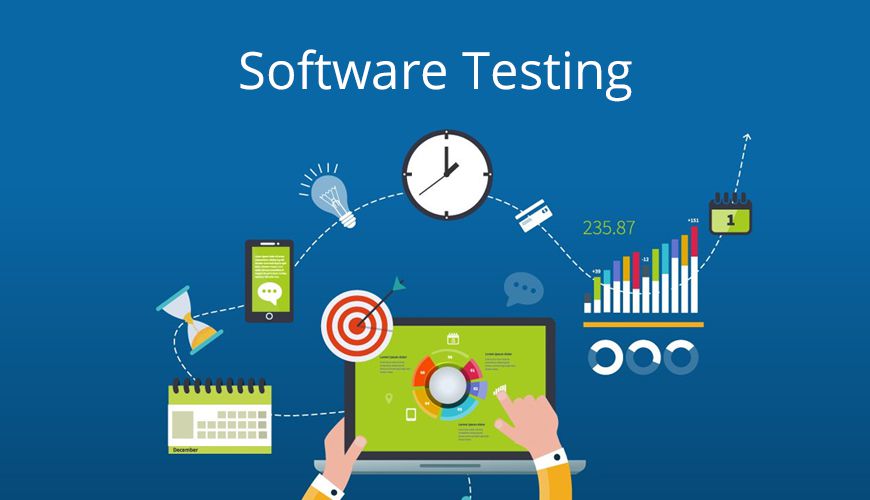The software testing life cycle is the sequence of activities that happen during software testing. By engaging in a sane software testing life cycle, a company ends up with a standard strategy more likely to fabricate a better outcome. It is essential because it boils down to consumer contentment. However, handing over a perfect result to the consumers is every company’s end goal. Nothing puts off consumers more than a bug-filled user experience.
Many enterprises, after realizing this choose to include testing as a compulsory part of the SDLC. Testing has become an essential part of every company since then. Software testing has phases to ensure product precision and perfection. Testers must carry out the following phases for it to be successful.
Requirement Analysis
Your treasured software testers must see, study, and examine the available definitions and requirements. Specific requirements produce outcomes by feeding them with type in detail. These requisites are testable requirements, and testers should study both functional and non-functional requisites. Afterward, testers have to pick out testable requirements. This phase includes identifying and prioritizing test requirements and brainstorming for requirement analysis. There is also picking out requirements for both manual and automated testing.
An organization can implement software testing outsourcing companies to have access to its expertise and projects. This saves time and resources to concentrate on other things. Outsourcing companies make it easy to analyze and identify the best testing methods necessary for the project, giving an organization the advantage of meeting timelines and sorting out bugs early before launching. So, outsourcing can enable companies to quickly identify test requirements and even have the whole process handled by experts.
Test Planning
The QA team creates this plan after they analyze all the necessary testing requirements. They contour the scope and intentions after understanding the product dominion. The team will then analyze the risks inoculated and define time schedules and testing environments to design a master plan. From there on, management finalizes the tools and allocates roles and responsibilities to parties.
An estimated timeline is also defined by which the testing of each schedule should be concluded. The most vital delivery initiated in this step is the test plan, a charter describing the motive and data of the testing activities for a specific project.
Test Case Designing and Expansion
After expansion and planning, it’s time to let the innovative extract flow. Established on the test plan, testers design and evolve test cases. The test cases evolved should be sizable and cover almost all the feasible cases. However, all the appropriate arrangements and combinations should be assembled. One can categorize these test cases by researching which are most habitual or which would affect the outcome the most. Afterward, the confirmation and affirmation of specified requirements in the documentation phase. However, updating, reviewing, and consent of automation scripts and test cases are essential processes of this phase.
Test Environment Setup
Testing activities require specific environmental factors like servers, hardware, software, and frameworks for carrying out developed test cases. However, it is compulsory to smoke test and to provide your testers with bug-disclosing tools. In the designer community, it’s usual to hear it ran on my system, but it didn’t run on yours. It is integral that your test environment encloses all the environments the end user would utilize. For instance, some traits that work in Google Chrome do not function in internet explorer.
To Wrap It All Up
The Software Testing Lifecycle is an essential process that every software developer should be familiar with. It includes several phases, such as planning, analysis, design, execution, and closure, that are crucial for ensuring the quality and reliability of a software product. By following the STL, developers can identify and fix defects early in the development process, saving time and resources in the long run.










